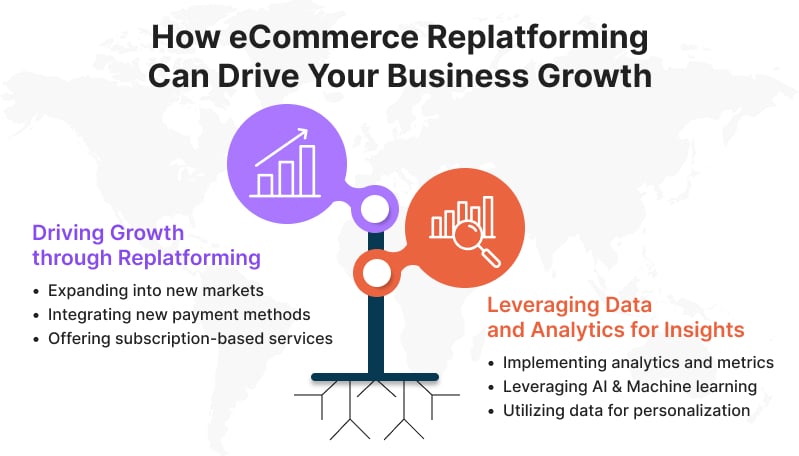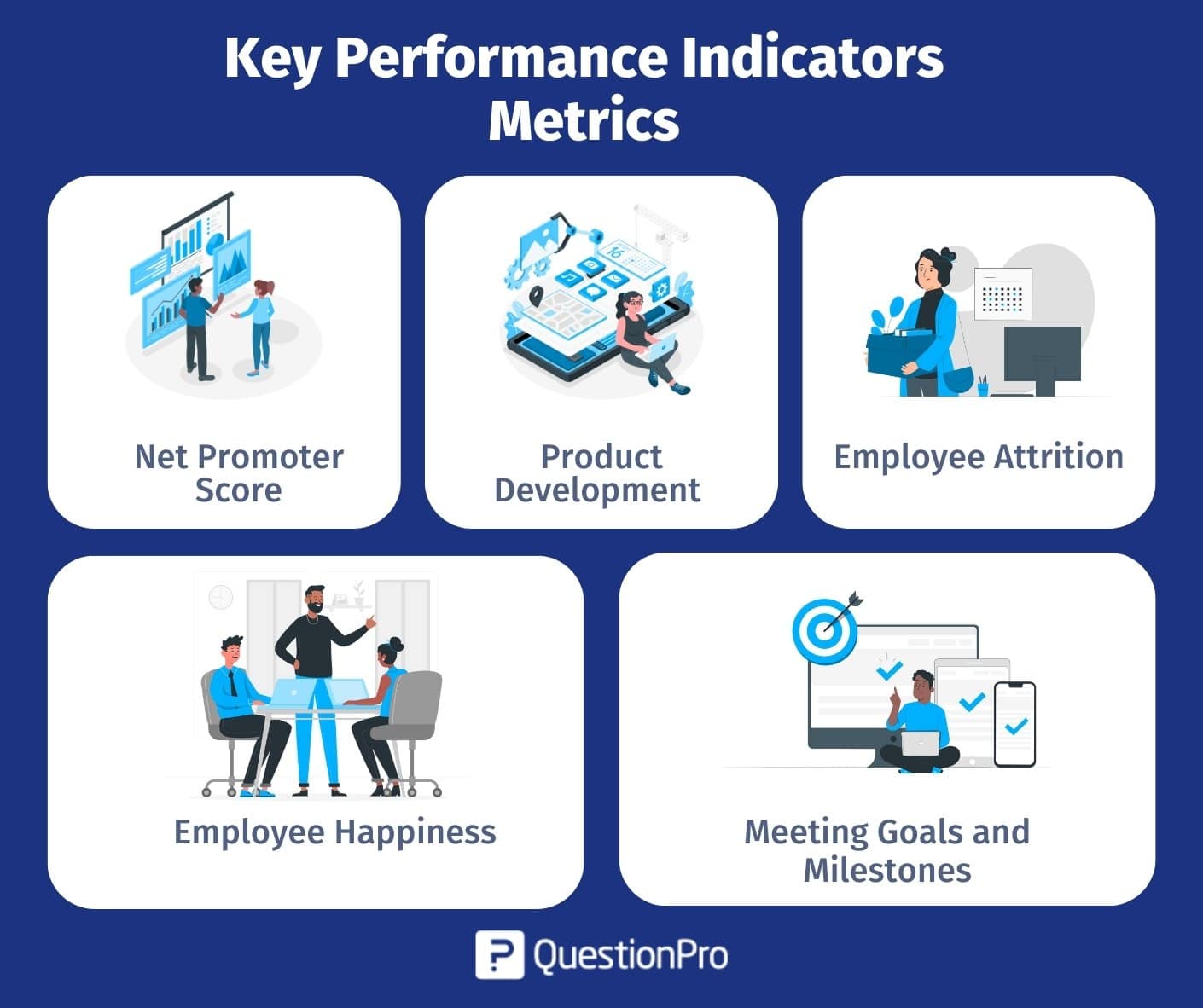Unraveling Replatforming: A Significant Business Move
Replatforming is the process of migrating a company’s digital presence from one platform to another. This strategic move aims to improve functionality, enhance user experience, and generate long-term cost savings. By upgrading to a more advanced, secure, and scalable platform, businesses can better meet the evolving needs of their customers and stay competitive in the market.
The decision to replatform often arises from various factors, such as outdated technology, limited scalability, and poor user experience. Common platforms that may require migration include Magento, Shopify, and WooCommerce. Replatforming offers businesses the opportunity to leverage the latest features, integrations, and security measures available in modern ecommerce and content management systems.
Replatforming projects typically involve several stages, from initial assessment to post-launch optimization. Proper planning, collaboration between teams, and data migration strategies are crucial for ensuring a smooth transition. By carefully considering factors like budget, scalability, security, and integration capabilities, businesses can select the right platform for their needs and maximize the benefits of this significant business move.
Identifying the Need for Replatforming: Assessing Your Current Platform
Businesses must continually evaluate their digital platforms to ensure they meet the needs of their customers and support the organization’s growth. Several warning signs indicate that it may be time for a company to consider replatforming:
- Outdated technology: If a platform lacks modern features, integrations, or security measures, it may be challenging for a business to stay competitive and provide an optimal user experience.
- Limited scalability: As a business grows, its platform should be able to accommodate increased traffic, sales, and functionality. If a platform cannot scale with the business, it may hinder growth and success.
- Poor user experience: A complicated, unintuitive, or slow platform can drive customers away. A business should prioritize providing a seamless, enjoyable user experience to attract and retain customers.
- High maintenance costs: If a platform requires frequent, costly maintenance or is no longer supported by the vendor, it may be more cost-effective to migrate to a newer, more efficient platform.
Popular platforms that may require migration include Magento, Shopify, and WooCommerce. By carefully assessing their current platform and identifying the need for replatforming, businesses can take the first step towards upgrading their digital presence and reaping the benefits of a more advanced, secure, and scalable platform.
Choosing the Right Platform: Key Considerations for a Successful Migration
Selecting the right platform is crucial for a successful replatforming project. Businesses should consider several factors when evaluating potential platforms, such as:
- Budget: The cost of a platform is an essential consideration. Businesses should compare the upfront costs, as well as ongoing subscription fees, customization expenses, and maintenance costs, to ensure the chosen platform fits within their budget.
- Scalability: A platform should be able to accommodate a business’s growth. Businesses should assess each platform’s ability to handle increased traffic, sales, and functionality as the company expands.
- Security: Security is a top priority for any digital platform. Businesses should evaluate each platform’s security measures, such as data encryption, access controls, and compliance with industry standards, to ensure their customers’ information is protected.
- Integration capabilities: A platform should seamlessly integrate with a business’s existing systems, such as CRM, ERP, and marketing tools. Proper integration ensures smooth data flow and streamlined operations.
Popular platforms for businesses include BigCommerce, Salesforce Commerce Cloud, and Oracle Commerce. Each platform offers unique features, benefits, and pricing models, making it essential for businesses to carefully evaluate their options before making a decision.
How to Approach Replatforming: A Step-by-Step Guide
Replatforming is a complex process that requires careful planning and execution. By following these steps, businesses can ensure a smooth transition:
- Initial assessment: Evaluate the current platform to identify its strengths, weaknesses, and limitations. Determine the business’s goals and objectives for the new platform, such as improved functionality, enhanced user experience, or increased scalability.
- Platform selection: Based on the initial assessment, research and compare potential platforms, taking into account factors like budget, scalability, security, and integration capabilities. Select the platform that best aligns with the business’s needs and objectives.
- Planning: Develop a detailed plan for the migration, including timelines, milestones, and resource allocation. Ensure that all stakeholders, including internal teams and external vendors, are aware of their roles and responsibilities.
- Design and development: Customize the new platform to meet the business’s specific requirements. This may include designing new templates, configuring settings, and integrating with third-party tools and services.
- Data migration: Transfer data from the old platform to the new platform, ensuring accuracy and completeness. Implement a robust data validation process to minimize the risk of data loss or corruption.
- Testing: Thoroughly test the new platform, including functionality, performance, and security, to ensure it meets the business’s expectations and requirements.
- Pre-launch preparation: Prepare for the launch by training staff on the new platform, updating documentation, and notifying customers of the upcoming changes.
- Launch: Go live with the new platform, monitoring performance and addressing any issues that arise.
- Post-launch optimization: Continuously optimize and maintain the new platform, staying up-to-date with platform updates, security patches, and new features to ensure long-term success.
Collaboration between teams and effective communication are essential for a successful replatforming project. By following this step-by-step guide, businesses can ensure a smooth transition and maximize the benefits of their new platform.
Navigating the Challenges of Replatforming: Potential Obstacles and Solutions
Replatforming can be a complex and challenging process, but being aware of potential obstacles and having strategies to overcome them can help ensure a smooth transition. Here are some common challenges businesses face during replatforming and actionable solutions to address them:
- Data loss: To prevent data loss, implement a robust data validation process during data migration. Regularly back up data and thoroughly test the new platform to ensure data integrity.
- Extended downtime: Minimize downtime by planning the migration during off-peak hours and using automated tools to speed up the process. Clearly communicate the migration schedule to customers and stakeholders to set expectations.
- Budget overruns: To avoid budget overruns, carefully plan and allocate resources, and establish a realistic budget. Regularly track and review expenses throughout the project to ensure they stay within the budget.
- Integration issues: Address integration issues by thoroughly researching and testing the compatibility of the new platform with existing tools and services. Work closely with developers and vendors to ensure seamless integration.
- Training and adoption: To facilitate training and adoption, provide comprehensive training materials and resources. Offer ongoing support and encourage feedback to help users become comfortable with the new platform.
By anticipating these challenges and implementing appropriate solutions, businesses can minimize disruptions and ensure a successful replatforming project.
Measuring the Success of Replatforming: Key Performance Indicators (KPIs)
To evaluate the success of a replatforming project, it’s essential to track key performance indicators (KPIs). These metrics provide valuable insights into the project’s effectiveness and help businesses gauge their return on investment. Here are some essential KPIs to monitor:
- Conversion rates: Track conversion rates to measure the percentage of visitors who complete a desired action, such as making a purchase or filling out a form. A higher conversion rate indicates that the new platform is more effective in driving business goals.
- Page load times: Faster page load times can significantly improve user experience and search engine rankings. Monitor page load times to ensure the new platform performs optimally and meets industry standards.
- Bounce rates: Bounce rates measure the percentage of visitors who leave a website after viewing only one page. High bounce rates may indicate that the new platform fails to engage users or provide relevant content. Aim for a lower bounce rate to ensure the new platform resonates with visitors.
- Average order value (AOV): AOV measures the average amount a customer spends per transaction. An increased AOV indicates that the new platform effectively encourages higher-value purchases and contributes to overall revenue growth.
- Customer satisfaction: Gather feedback from customers to assess their satisfaction with the new platform. High customer satisfaction scores indicate that the new platform meets or exceeds user expectations.
To interpret KPI data, compare the results before and after replatforming. Look for significant improvements in KPIs to determine the project’s success. If the data shows minimal or negative changes, reevaluate the new platform and consider implementing optimization strategies to enhance performance.
Post-Replatforming: Ensuring Long-Term Success
Replatforming is not a one-time event but an ongoing process that requires continuous maintenance, optimization, and support. To ensure long-term success, consider the following best practices:
- Stay up-to-date: Regularly update the new platform to take advantage of the latest features, security patches, and performance improvements. This ensures your platform remains secure, efficient, and competitive.
- Monitor performance: Regularly monitor the platform’s performance using KPIs like conversion rates, page load times, and bounce rates. This allows you to identify potential issues early and make data-driven decisions to optimize performance.
- Optimize for user experience: Continuously optimize the platform for user experience, ensuring it remains intuitive, engaging, and accessible. This includes implementing responsive design, improving navigation, and updating content regularly.
- Invest in support: Partner with a reliable support provider to address any technical issues, answer questions, and provide guidance. This ensures your platform remains operational and that you can leverage expert advice to maximize its potential.
- Plan for future growth: As your business grows, your platform should be able to scale with it. Regularly assess your platform’s capabilities and plan for future upgrades or expansions to accommodate growth and maintain optimal performance.
By following these best practices, businesses can ensure long-term success and maximize the benefits of their replatforming investment.
Replatforming Case Studies: Real-Life Success Stories
Replatforming can significantly transform a business’s digital presence, driving growth, enhancing user experience, and reducing costs. Here are two inspiring case studies that demonstrate the transformative power of replatforming:
Case Study 1: A Global Fashion Retailer
Challenge: A prominent fashion retailer struggled with an outdated ecommerce platform that limited scalability and hindered international expansion. The existing platform also suffered from slow page load times and suboptimal mobile performance.
Strategy: The retailer decided to migrate to Salesforce Commerce Cloud, a flexible and scalable platform that supports international growth and offers robust mobile capabilities.
Results: After replatforming, the retailer experienced a 20% increase in conversion rates, a 30% reduction in page load times, and a 50% improvement in mobile performance. The new platform also facilitated seamless international expansion and improved the overall user experience.
Case Study 2: A Direct-to-Consumer Health Brand
Challenge: A direct-to-consumer health brand faced challenges with their existing ecommerce platform, including limited customization options, poor integration capabilities, and high maintenance costs.
Strategy: The brand opted to migrate to BigCommerce, a platform known for its ease of use, rich features, and cost-effectiveness. The migration included implementing custom integrations with third-party tools and services.
Results: Following replatforming, the brand reported a 25% increase in conversion rates, a 40% reduction in maintenance costs, and a 35% improvement in overall site performance. The new platform’s enhanced customization options and seamless integrations contributed to a more engaging and efficient user experience.
These case studies illustrate the potential benefits of replatforming, including improved functionality, enhanced user experience, and long-term cost savings. By carefully considering their unique needs and selecting the right platform, businesses can successfully navigate the replatforming process and set themselves up for long-term success.






